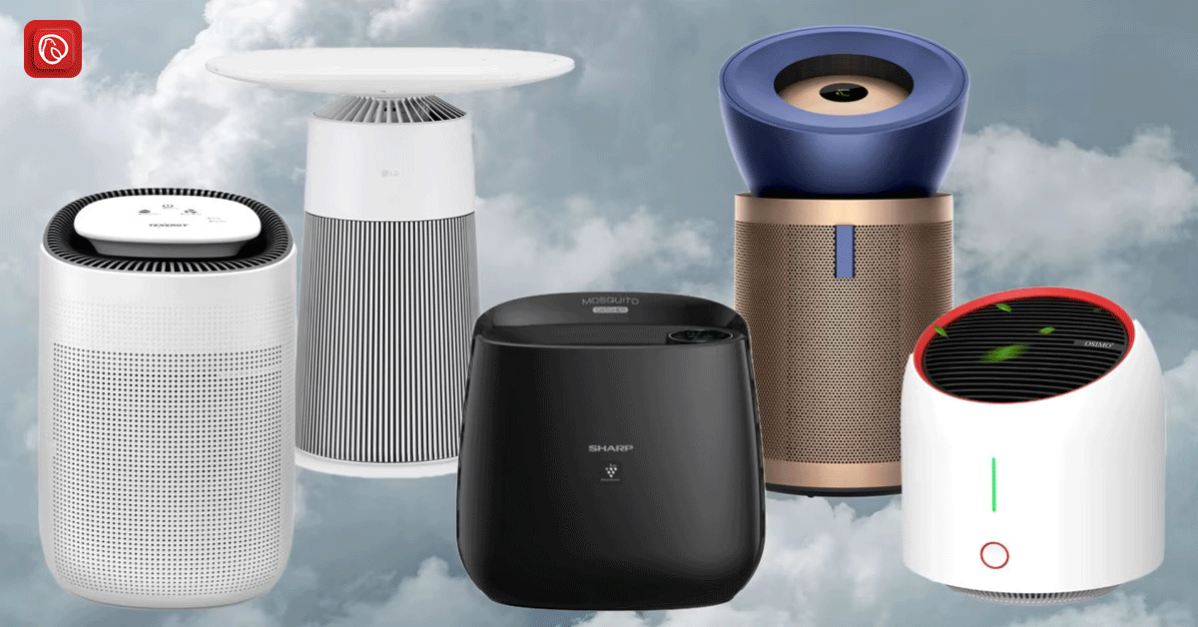With Pakistan ranking as the fourth most polluted country globally, the demand for air purifiers is skyrocketing. The alarming rise in air pollution, particularly in cities like Lahore and Peshawar, has prompted a surge in public awareness.
All 238 million residents live in areas exceeding the recommended air quality standards, posing severe health risks. In this blog, graana.com will explore the impact of deteriorating air quality in Pakistan and delve into the uses and prices of air purifiers, essential tools in combating this growing environmental crisis.
What is an Air Purifier?
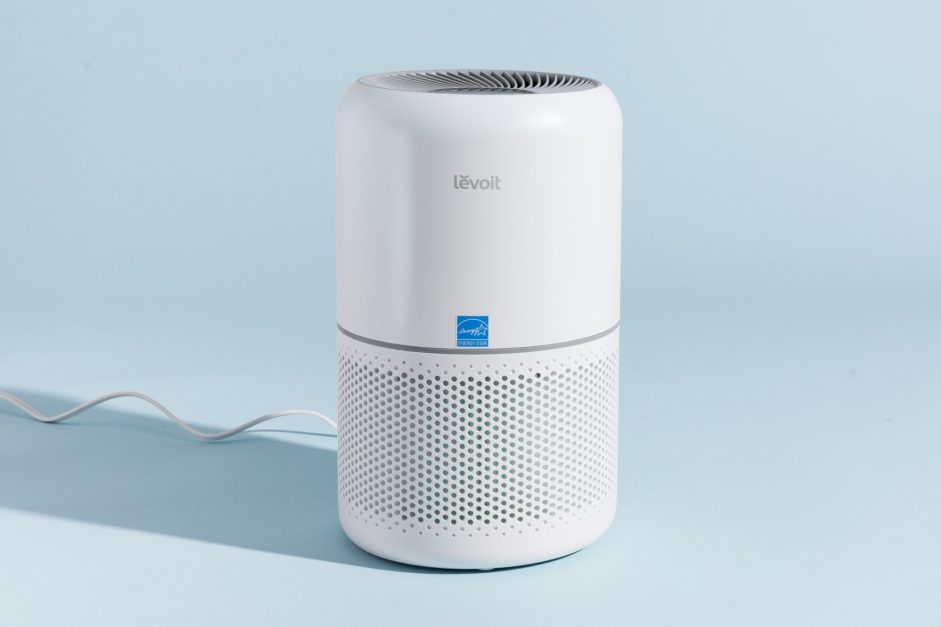
An air purifier is a device that removes contaminants from the air in a room to improve indoor air quality. These devices are commonly marketed as being beneficial to allergy sufferers and asthmatics, and at reducing or eliminating secondhand tobacco smoke.
How Do Air Purifiers Work?
Air purifiers work by drawing in air from the room, passing it through a filter, and then releasing clean air back into the room. The type of filter used in an air purifier will determine what type of contaminants it is able to remove.
- HEPA filters: HEPA filters are made of a mesh of fibres that are small enough to trap airborne particles.
- Activated carbon filters: Activated carbon filters are made of charcoal that has been treated to increase its surface area. This increased surface area allows the carbon to adsorb (trap) molecules of gases and chemicals.
- UV purifiers: UV purifiers use ultraviolet light to kill germs and bacteria. UV light is a form of electromagnetic radiation that has a wavelength of 100 to 400 nanometers. This wavelength of light is harmful to the DNA of germs and bacteria, preventing them from reproducing.
- Ionic purifiers: Ionic purifiers use ions to charge particles in the air. The charged particles are then attracted to oppositely charged surfaces, such as walls and furniture.
Benefits of Air Purifier at Home
Air purifiers can help eliminate up to 99.97% of airborne pollutants, including mould spores, dust, pollen, and pet dander. These pollutants can trigger allergies and asthma attacks. There are many different techniques and devices used in general to reduce air pollution such as the use of pollution absorbing bricks. However, using air purifiers for your house is much simpler and easier.
Following are some benefits of using air purifiers for your home:
- Eliminates odours and improves sleep quality: Air purifiers can help eliminate odours from cooking, pets, and other sources. This can improve the overall smell of your home and create a more relaxing environment for sleep.
- Reduces the risk of infections and improves cardiovascular health: Air purifiers can help remove germs and bacteria from the air, which can reduce the risk of infections such as the common cold, the flu, and pneumonia.
- Improves cognitive function and reduces stress: Studies have shown that exposure to air pollution can impair cognitive function and increase stress levels.
- Protects against harmful chemicals and VOCs: Air purifiers can help remove harmful chemicals and volatile organic compounds (VOCs) from the air. VOCs are emitted from a variety of sources, including cleaning products, paint, and furniture.
- Reduces the risk of radon exposure: Radon is a radioactive gas that can cause lung cancer. Radon is found naturally in the soil and can seep into homes through cracks in the foundation.
Overall, air purifiers can offer a number of health benefits for people of all ages. If you are concerned about the quality of your indoor air, talk to your doctor about whether an air purifier is right for you.
Choosing an Air Purifier
When choosing an air purifier, there are a few factors to consider, including:
- The size of the room: Air purifiers are rated by the size of the room they are designed to clean. Choose an air purifier that is the right size for the room you will be using it in.
- The type of filter: Choose an air purifier that has a filter that is designed to remove the pollutants that you are most concerned about.
- The CADR (Clean Air Delivery Rate): The CADR is a measure of how much air an air purifier can clean in one hour. Choose an air purifier with a CADR that is appropriate for the size of the room you will be using it in.
Types of Air Purifiers for Homes
There are many different types of air purifiers available for home use, each with its own strengths and weaknesses. Here are some of the most common types:
HEPA Purifiers
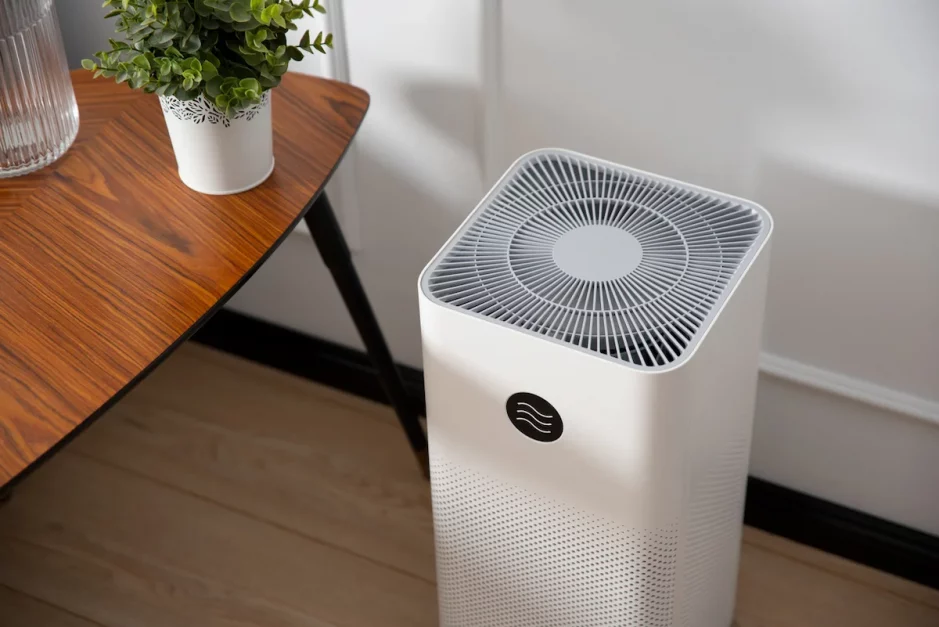
They use a high efficiency particulate air filter to remove particles from the air. HEPA filters are capable of removing up to 99.97% of particles that are 0.3 microns in diameter or larger, including dust, pollen, mould spores, and pet dander.
Activated Carbon Purifiers

These types of purifiers use activated carbon to absorb gases and chemicals from the air. Activated carbon is a porous material with a large surface area that can trap molecules of gases and chemicals. Activated carbon purifiers are effective at removing odours, volatile organic compounds (VOCs), and other pollutants.
UV Purifiers
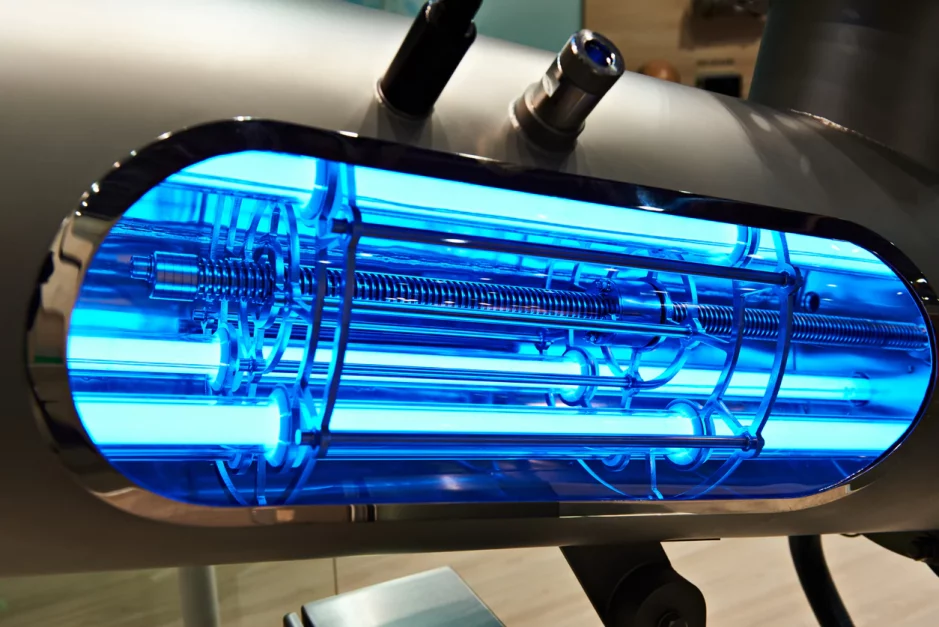
These purifiers use ultraviolet light to kill germs and bacteria. UV light can damage the DNA of germs and bacteria, preventing them from reproducing. Moreover, UV purifiers are effective at reducing the levels of germs and bacteria in the air, but they do not remove particles or gases.
Ionic Purifiers
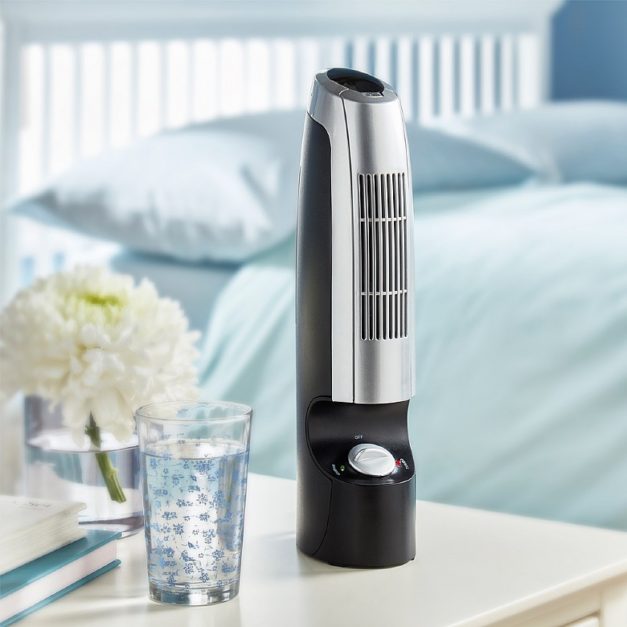
They use ions to charge particles in the air. The charged particles are then attracted to oppositely charged surfaces, such as walls and furniture. Ionic purifiers are effective at removing particles from the air, but they may not be effective at removing gases.
Ozone Generators
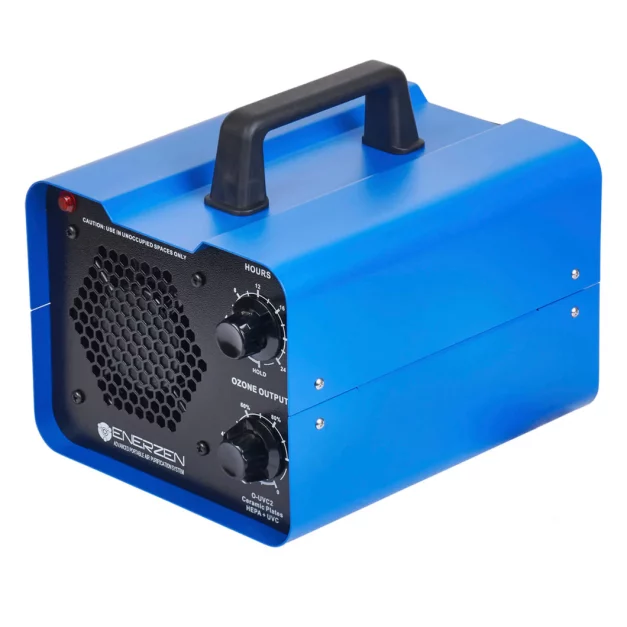
They produce ozone, which is a reactive gas that can kill germs and bacteria. Ozone generators are effective at removing germs and bacteria from the air, but they can also produce harmful byproducts that can irritate the lungs. However, one thing that users need to keep in mind is to not use Ozone generators in occupied spaces.
Moreover, the best type of air purifier for your home will depend on your individual needs and budget. In case you are concerned about allergies or asthma, a HEPA purifier is a good choice. Also, if you are concerned about odours or chemicals in your home, an activated carbon purifier is a good choice.
Here is a table summarising the pros and cons of each type of air purifier.
| Type of air purifier | Pros | Cons |
| HEPA | Removes up to 99.97% of particles | Can be expensive |
| Activated carbon | Removes odours, VOCs, and other pollutants | Does not remove particles |
| UV | Kills germs and bacteria | Does not remove particles or gases |
| Ionic | Removes particles | May not be effective at removing gases |
| Ozone generator | Kills germs and bacteria | Can produce harmful byproducts |
Must-Have Features in an Air Purifier for Home
- Effective Filtration System: Make sure the air purifier has a High-Efficiency Particulate Absorbing (HEPA) filter, capable of removing up to 99% of particles like allergens, dust, mould, and viruses.
- VOC Reduction Capability: Look for a purifier that can effectively reduce Volatile Organic Compounds (VOCs) emitted by common household products, maintaining good indoor air quality.
- Combat Allergens: Ensure the purifier is capable of handling various allergens, such as dust mites, mould spores, pollen, pet dander, smoke, and cockroach particles.
- Mould Defence: Check for features that specifically target mould spores, especially if anyone in your household has mould allergies. Besides air purifiers, there are other products in the market as well such as ani mould paint
- Odour Control: Opt for a purifier that not only eliminates unpleasant odours but also helps detect the presence of potentially harmful substances.
- Sustainability Focus: Choose a purifier with replaceable parts to combat planned obsolescence and contribute to eco-friendly practices.
- Proven Effectiveness: Prioritise models that have been thoroughly tested, including third-party lab studies, and openly share the results for transparency.
- Warranty Assurance: Ensure the product comes with a reliable warranty, offering coverage against potential malfunctions and boosting your confidence in the purchase.
- User-Friendly Design: Look for a purifier with a compact, quiet, and intuitive design, making it practical and easy to use in your home.
FAQs
Here are some frequently asked questions (FAQs) about air purifiers:
1. What is an air purifier?
A device called an air purifier helps improve indoor air quality by removing pollutants such as dust, pollen, pet dander, mold spores, and other airborne particles. Additionally, it can help reduce odors and potentially harmful gases.
2. How does an air purifier work?
Air purifiers use various technologies such as HEPA filtration, UVC light, ionisation, and activated carbon to capture or neutralise particles and pollutants in the air, providing cleaner and healthier indoor air.
3. What types of pollutants do air purifiers remove?
Air purifiers can effectively remove common indoor pollutants, including dust, pollen, pet allergens, mould spores, bacteria, viruses, smoke particles, and volatile organic compounds (VOCs).
4. Do air purifiers help with allergies?
Yes, air purifiers equipped with HEPA filters can help reduce allergens like dust mites, pollen, and pet dander. Also, it provides relief for individuals with allergies.
5. Can air purifiers remove viruses, including COVID19?
Certain air purifiers, incorporating HEPA filters and UVC light technology, have demonstrated the ability to reduce the concentration of airborne viruses, including COVID-19. It’s essential to choose a model with proven effectiveness.
6. Are air purifiers noisy?
The noise level of air purifiers varies among models. Check the product specifications for noise levels before purchasing.
7. How often should I replace the filters in my air purifier?
Filter replacement frequency depends on the type of filter and usage. Generally, HEPA filters may need replacement every 6 to 12 months, while activated carbon filters might need replacement every 3 to 6 months. Refer to the manufacturer’s recommendations.
8. Can air purifiers remove cooking odours and pet smells?
Yes, air purifiers with activated carbon filters are effective in capturing and neutralising odours from cooking, pets, and other sources, providing a fresher indoor environment.
9. Can air purifiers help with mould issues?
Air purifiers equipped with HEPA filters and technologies like UVC light can capture and neutralise mould spores, helping to reduce mould related issues in indoor spaces.
10. Are there specific considerations for selecting an air purifier?
Consider factors such as room size, the type of pollutants you want to address, noise level, and the Clean Air Delivery Rate (CADR) when choosing an air purifier. Reviewing customer reviews and product specifications can also be helpful in making an informed decision.
Remember to check the specific details and recommendations provided by the manufacturer of your air purifier for accurate and model specific information.
For more information, visit Graana blog.
